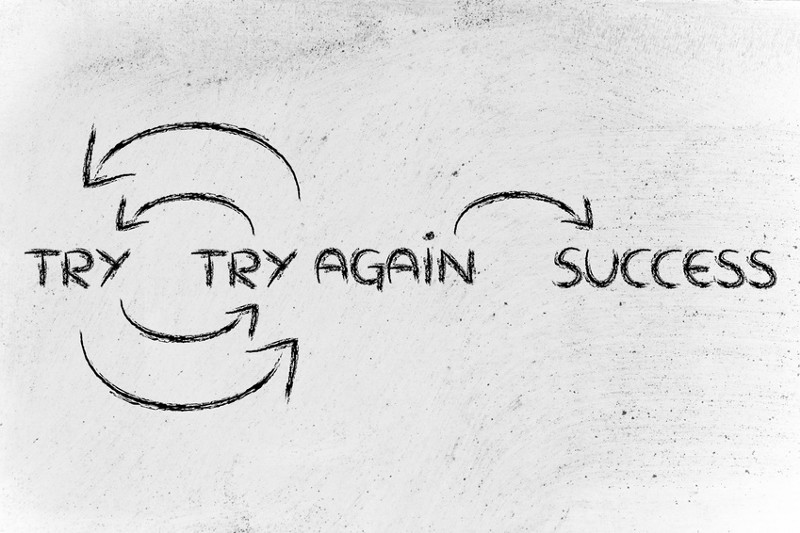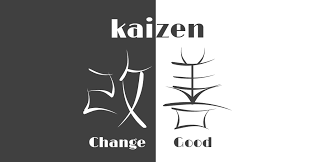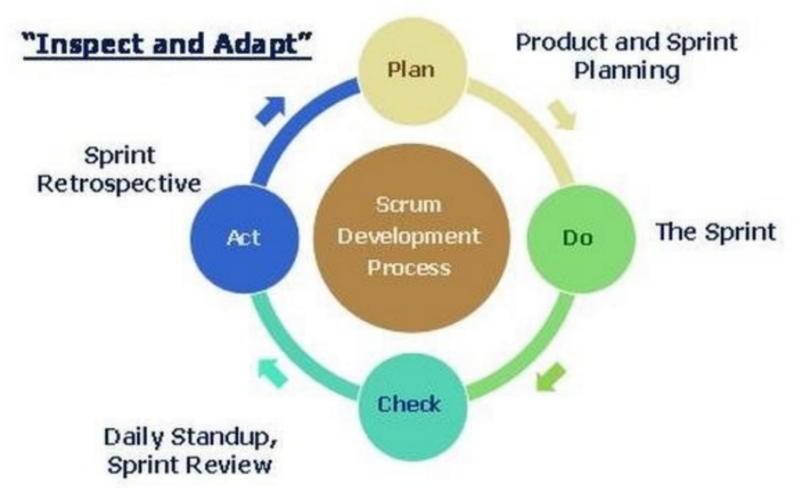Sprint to bieganie na krótką dystansie w ograniczonym czasie. Jest stosowane w wielu sportach, które obejmują bieganie, zazwyczaj jako sposób na szybkie osiągnięcie celu lub unikanie lub łapanie przeciwnika.

Dlaczego krótki sprint?
Powinieneś mieć iterację krótką wystarczająco, aby utrzymać zespół w skupieniu, ale wystarczająco długą, aby dostarczyć znaczący przyrost pracy. Przewodnik Scrum ogranicza długość sprintu do jednego miesiąca.
Szybkie niepowodzenie — zbyt małe, aby ponieść porażkę
Zaletą krótkiego sprintu jest strategia próbowania czegoś (szybkiego niepowodzenia), uzyskiwania szybkiej informacji zwrotnej, a następnie szybkiej inspekcji i dostosowywania. W obliczu wysokiego poziomu niepewności często jest mniej kosztowne rozpoczęcie pracy nad produktem, nauczenie się, czy podjęliśmy dobrą decyzję, a jeśli nie, szybkie jej zakończenie, zanim wydamy więcej pieniędzy.

Podobnie jak w przypadku idei Kaizen (改善), to japońskie słowo oznaczające „ulepszenie”. W biznesie, kaizen odnosi się do działań, które ciągle poprawiają wszystkie funkcje i angażują wszystkich pracowników od dyrektora generalnego do pracowników linii montażowej. Wyniki tych zmian są analizowane, a dostosowania są kontynuowane. W ten sposób można poprawić wydajność lub jakość wykonywanego zadania. Wprowadzanie małych zmian stopniowo jest znacznie skuteczniejsze niż próba załatwienia wszystkiego za jednym razem.

Idea polega na tym, aby wprowadzenie zmian było tak łatwe, że trudno byłoby ponieść porażkę w ich wdrażaniu. Najpierw stworzyliśmy nawyk zmiany. Następnie dodajemy nowe zmiany lub przesuwamy kamień milowy zmiany nieco dalej, abyśmy mogli poprawiać się stopniowo. Ważne jest, aby wprowadzać dostosowania jedno po drugim. Idea polega na unikaniu złożoności wyboru, co zastosować i kiedy. W ten sposób będziemy mogli analizować wyniki każdej z tych drobnych ulepszeń. Jeśli zastosujemy kilka jednocześnie, nie będziemy wiedzieć, które zadziałało, a które nie. Lub czy efekt jednego zniwelował inny.
Scrum — Ciągłe doskonalenie
Framework scrum oparty jest na empiryzmie, który opiera się na przejrzystości, inspekcji i adaptacji.. wydarzenia scrum i artefakty wspierają regularną inspekcję i adaptację, które prowadzą do ciągłego doskonalenia.
Podczas planowania sprintu zespół scrum przegląda backlog produktu i dostosowuje cel sprintu, prognozę i backlog sprintu. Podczas codziennego scrumu zespół deweloperski przegląda postępy w kierunku celu sprintu i dostosowuje backlog sprintu. Podczas przeglądu sprintu zespół scrum scrum i interesariusze przeglądają przyrost, sprint, i backlog produktu i dostosować backlog produktu.

Na koniec retrospektywa sprintu, która jest formalnym wydarzeniem mającym na celu poprawę zespołu scrumowego, zespół scrumowy analizuje sprint pod kątem ludzi, relacji, procesów i narzędzi oraz dostosowuje się, wprowadzając konkretne i zobowiązujące ulepszenia.
Ten post dostępny jest również w Deutsch, English, Español, فارسی, Français, Bahasa Indonesia, 日本語, Portuguese, Ру́сский, Việt Nam, 简体中文 and 繁體中文













